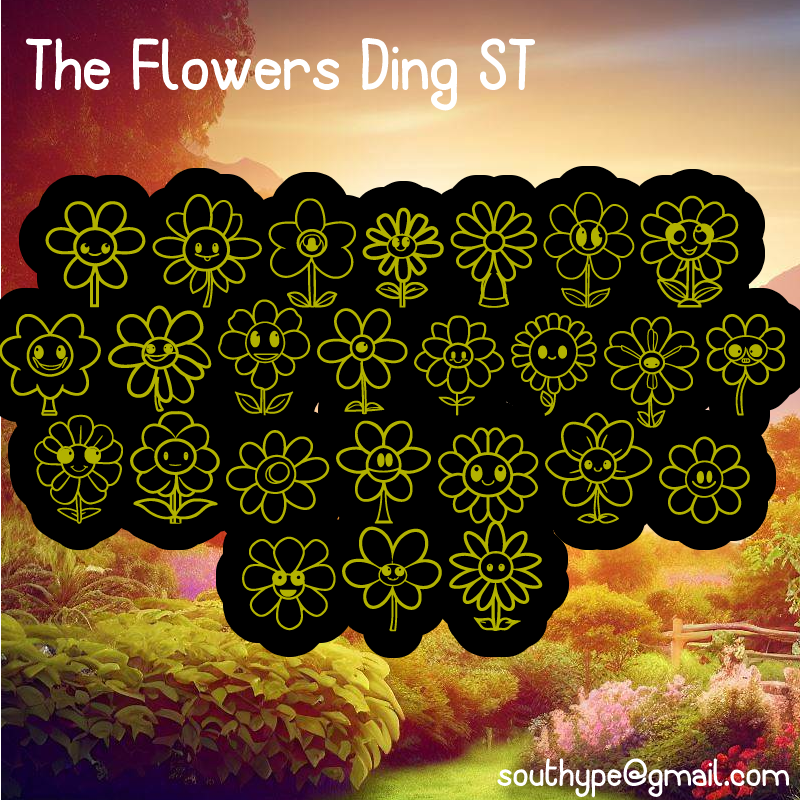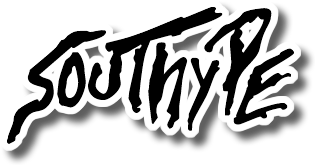
In the world of typography, dingbats are a unique and playful category of typefaces that offer a wide range of expressive and decorative symbols. Often referred to as “ornaments” or “icons,” dingbats are comprised of various pictorial elements, shapes, and symbols that can add a touch of whimsy, creativity, or visual interest to a design. In this article, we will explore the fascinating world of dingbats, their history, common applications, and their impact on visual communication.

Dingbats are essentially a collection of graphic symbols and characters that go beyond the traditional alphabet and numerical characters found in standard typefaces. They can include anything from arrows, stars, and flowers to animals, food items, and weather symbols. Dingbats offer designers an opportunity to enhance their designs with expressive visuals, evoking emotions or conveying messages in a more playful or decorative manner.
The history of dingbats can be traced back to the early days of printing, where printers would often include small decorative elements or symbols alongside their typefaces. These elements were initially used to create borders or ornaments in printed materials such as books, invitations, and posters. Over time, the demand for more diverse and expressive dingbats grew, leading to the creation of dedicated typefaces solely focused on providing a wide range of decorative symbols.
With the advent of digital typography, dingbats have become even more accessible and versatile. Designers now have access to vast libraries of dingbat typefaces, each offering a unique set of symbols and icons. Dingbats can be easily incorporated into various design projects, including branding, packaging, web design, social media graphics, and more. They add a touch of visual interest, personality, and creativity, making designs stand out and capturing the viewer’s attention.
One of the advantages of dingbats is their ability to transcend language barriers. Unlike traditional typefaces that rely on alphabets specific to certain languages, dingbats communicate visually and can be understood universally. They provide a means of expression that goes beyond words, allowing designers to convey messages or create visual narratives through symbols and icons.
Dingbats also serve as valuable tools for designers looking to create custom graphics, logos, or patterns. By combining and manipulating dingbat symbols, designers can create unique and intricate designs that reflect their brand or project’s aesthetic.
However, it’s important to exercise caution when using dingbats. Some symbols may have cultural or religious significance, and it’s crucial to be respectful and mindful of the symbols chosen and their context. Additionally, readability should always be a consideration, and dingbats should be used sparingly to avoid overwhelming or distracting from the main content.
In conclusion, dingbats offer designers a playful and expressive means of enhancing their designs with decorative symbols and icons. With a rich history rooted in the early days of printing, dingbats have evolved into a versatile and creative typeface category that adds visual interest and personality to various design projects. Whether used for branding, web design, or custom graphics, dingbats provide a delightful way to communicate and engage with audiences on a visual level.

